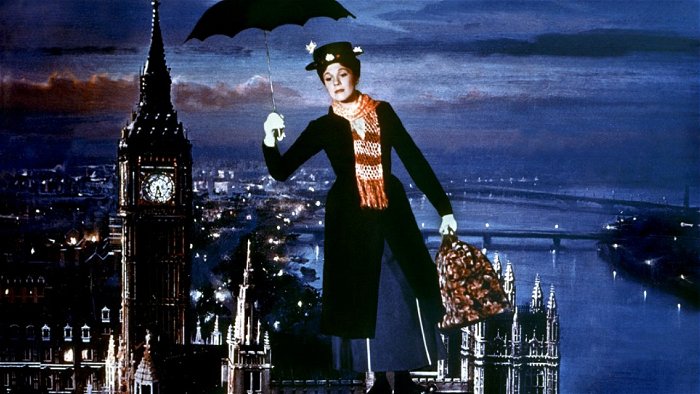If you watch a lot of hand-drawn films, you’ll notice that some of them look much more fluid than others. Some even feature actors straight up animated over like A Scanner Darkly and American Pop. This animation technique is called Rotoscoping, and what most people don’t realize is that it has been used in a surprisingly high amount of animated films and in almost every single live-action film in the 21st century.
The term Rotoscoping is derived from projection equipment called the Rotoscope. Rotoscoping itself is an animation technique done by tracing over a live action sequence frame by frame to give the cartoon realistic and fluid movement. The technique was originally produced by using photographs of live-action films projected onto glass. It’s a technique that spans over a hundred years and laid the groundwork for computer animation and the modern VFX we use today.
Rotoscoping began in 1915 thanks to an animator named Max Fleischer. At that time, animation wasn’t nearly as stunning and had crude and jerky movements. Determined to change the world of animation for the better, Fleischer created a character named Koko the Clown, using his brother Dave (who was a clown at Coney Island) as reference. After producing three shorts that became massive hits, Fleischer would go on to create a whole series of shorts called Out of the Inkwell. He would even go on to make his own animation company called Fleischer Studios, which would in turn give the world characters like Betty Boop and Popeye.

Walt Disney eventually adopted Fleischer’s Rotoscoping technique for Snow White and the Seven Dwarves (and other films thereafter) after the exclusivity patent expired in 1934. Disney would even have the cast act out the scenes required by the animators so they could be used for reference instead of using their own facial expressions or movements.
“The artists looking at themselves in a mirror sometimes were not so successful, because they were bad actors and would do things in a stiff way,” Disney wrote.
Despite Rotoscoping making animation much easier, Disney’s animators were not fond of the new style and referred to it as a crutch. When they did have to use the technique, Disney’s crew would often only use it as a minor basis for their work and often exaggerated proportions and heavily elaborated expressions to go beyond the scope. What the animators couldn’t argue however, was that Rotoscoping (especially for Snow White) allowed them to have consistency with the animation that would have been impossible otherwise, thanks to the live-action stand-ins.
“Films like Star Wars would use Rotoscoping to remove wires and other unnecessary objects and was even used to create the iconic lightsabers…”
But Rotoscoping didn’t only have a place in the animated world. From the 1940s and onwards, Rotoscoping was used to create complex backgrounds and scenes that people only dreamed of. Films like Star Wars would use Rotoscoping to remove wires and other unnecessary objects and was even used to create the iconic lightsabers by tracing over the sword and creating a black matte then adding in a coloured glow. These mattes were even used to composite shots together, like characters running from explosions or robots and creatures attacking. Even earlier films like Mary Poppins and The Birds used composite scenes well before blue and green screens appeared, thanks to sodium vapour screens combined with Rotoscope.

Rotoscoping would switch over to digital in the early 1990s thanks to animator and computer scientist, Bob Sabiston. Sabiston created a process known as “interpolated rotoscoping” which allowed animators to use the technique with a computer. Sabiston then created a program specifically for this technique called Rotoshop, which made it so one Rotoscope animator could do the work of eight. The program essentially copies one traced figure and applies the same basic shape to the other movements so the animator doesn’t have to start from scratch over and over. Today, there are many Rotoscoping programs available in the animation and VFX industry but all of them use the same basic principles. Now known as “Roto Artists”, these wizards are part of every VFX team, providing the multitude of services Rotoscoping caters to.
Without these people, we wouldn’t have motion capture. There would be no Golem or Groot and the video games we love and praise today (like The Last of Us) wouldn’t be nearly as visually breathtaking or immersive. People often underestimate the difficulty of this craft but Rotoscoping takes highly talented and disciplined artists to pull off well. So many mistakes can be made by a simple misstep and hours of hard could go down the drain, even with computers making the job easier.



